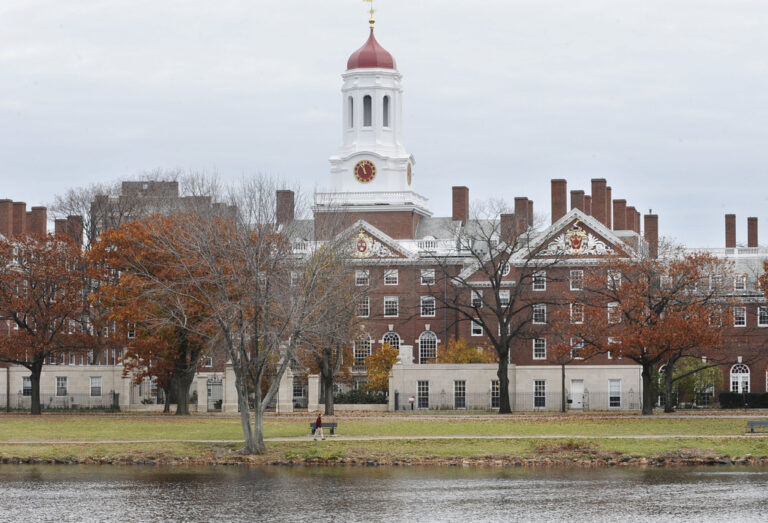 Mayor Michael R. Bloomberg introduced a bill today that would require owners of residential buildings with three or more units in New York City to inform prospective tenants and purchasers whether smoking is allowed inside apartments as well as on balconies, courtyards and rooftops. Building owners would also be encouraged to use this as an opportunity to alert current residents of their smoking policies.
Mayor Michael R. Bloomberg introduced a bill today that would require owners of residential buildings with three or more units in New York City to inform prospective tenants and purchasers whether smoking is allowed inside apartments as well as on balconies, courtyards and rooftops. Building owners would also be encouraged to use this as an opportunity to alert current residents of their smoking policies.
“Smoking kills and people have the right to know if they are going to be exposed to secondhand smoke,” said Mayor Bloomberg. “We pursued this proposal in response to complaints from New Yorkers. It won’t ban smoking in residential buildings, only ensure that New Yorkers can choose a smoke-free place to live.”
“There is no known safe amount of exposure to cigarette smoke,” said Deputy Mayor for Health and Human Services Linda I. Gibbs. “This legislation gives tenants the information they need to make a decision about whether or not to reside in a building that permits smoking.”
“Secondhand smoke can seep into apartments from neighboring units, at levels that vary with each building’s construction and ventilation system,” Health Commissioner Dr. Thomas Farley said. “We know that second-hand smoke can exacerbate asthma and increase the risk of heart disease and lung cancer, and that some people with chronic health conditions are particularly susceptible. With this law, New Yorkers can better understand their risk of exposure by being informed of their building’s smoking policies.”
The new law, which is similar to other disclosure policies such as a history of bed bugs or lead paint, would require landlords to provide a disclosure form to tenants and apartment purchasers stating the building’s smoking policy before a lease or sale is finalized. It is similar to laws that have been passed in Maine, Oregon, and several local jurisdictions. The law would not restrict smoking in private residences but enable all residents, including smokers and non-smokers, to know a building’s smoking policy before deciding where to live.
More than 85% of adult New Yorkers do not smoke today, and less than 10% smoke inside their homes. Even though the percentage of at-home smokers is small, in some buildings cigarette smoke can move quickly between apartments via cracks in the wall, ceilings and floors, through electrical outlets, and under doors. Air quality monitoring studies have detected elevated levels of harmful particulates in nonsmokers’ apartments when occupants are smoking in another unit. A building’s ventilation system and whether windows and doors are open impacts the amount of exposure people in neighboring apartments have to secondhand smoke.
This law would have the greatest impact on children and the elderly because they are more vulnerable to the effects of secondhand smoke and also spend more time at home. Studies have demonstrated that of children with parents who don’t smoke in the home, those living in apartments have, on average, 45% higher cotinine levels than those living in detached homes. Children who are exposed to second-hand smoke because they live with smokers have increased risk for asthma attacks, reduced cardiovascular function, respiratory infections, ear infections, and Sudden Infant Death Syndrome (SIDS).
(YWN Desk – NYC)











5 Responses
When is Mr. bloomberg making the low on Moisture Cure Urethane Floor Finish MCU contains
Xylene, Ethyl Benzene, BETX
Toluene diisocyanate (TDI)
Acetates – Volatile Organic Compounds (VOCs)
Moisture Cure kills and people have the right to know if they are going to be exposed to Moisture Cure in residential buildings, “There is no safe level of exposure to A Carcinogen Cancer causing” MCU odors can seep into apartments from neighboring units, at levels that vary with each building’s, We know that MCU smoke can exacerbate asthma and increase the risk of heart disease and lung cancer, Air quality monitoring studies have detected elevated levels of harmful particulates from MCU use in apartments when occupants are in another unit. Let’s go Mr. Bloomberg !!!
Whenever someone says “There is no known safe amount” or “There is no safe level” of exposure to something, you can immediately know to ignore everything else they say. The most fundamental principle of toxicology is that the dose makes the poison, and there is no substance in the world that does not have a safe dose.
Oh, and there’s also no evidence that “second-hand smoke” (a made-up term) “kills”.
To millhouse: say that to mrs. Dray I knew who died of lung cancer but herself never smoked. Only her husband and children smoked. And she died of lung cancer. Second hand smoke indeed exists.
Nahapochu, how do you know what caused her cancer? What makes you think her husband’s and chidren’s smoking had anything to do with it? Are you a novi? Cancer happens, just like all other diseases; it has always existed, and until a cure is found it will always exist. There is plenty of evidence that it can be caused by smoking. There is no evidence that it can be caused by being around smokers.